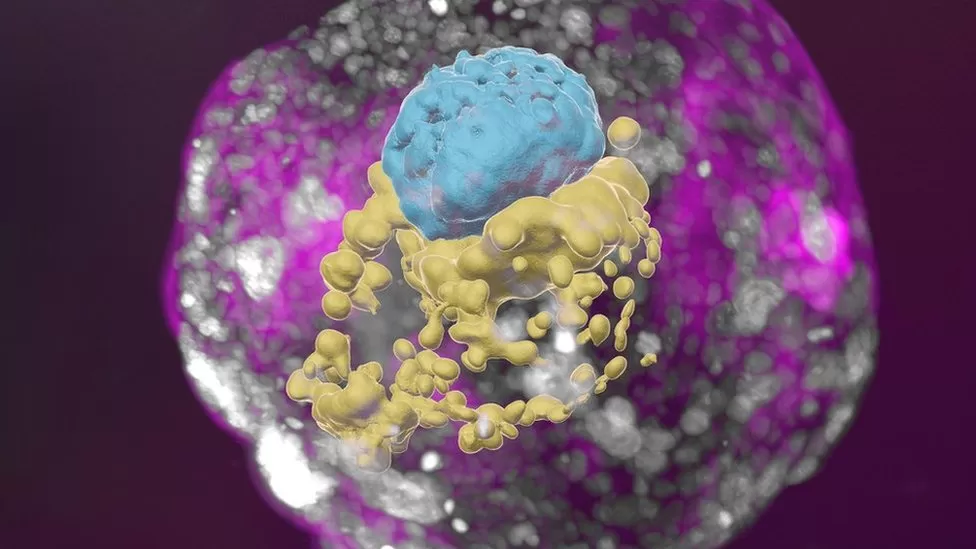
Israeli team creates synthetic human embryos without eggs or sperm
An Israeli research team at the Weizmann Institute of Science has created artificial human embryos from stem cells cultured in the lab – and managed to grow them outside the womb up to day 14. The process did not involve eggs or sperm.
According to a paper published in Nature, these synthetic embryo models had all the structures and compartments characteristic of this stage, including the placenta, yolk sac, chorionic sac and other external tissues that ensure the models’ dynamic and adequate growth.
Cellular aggregates derived from human stem cells in previous studies could not be considered genuinely accurate human embryo models, because they lacked nearly all the defining hallmarks of a post-implantation embryo. In particular, they failed to contain several cell types that are essential to the embryo’s development, such as those that form the placenta and the chorionic sac. In addition, they did not have the structural organization characteristic of the embryo and revealed no dynamic ability to progress to the next developmental stage.
“The drama is in the first month, the remaining eight months of pregnancy are mainly lots of growth,” says lead author Jacob Hanna. “But that first month is still largely a black box. Our stem cell–derived human embryo model offers an ethical and accessible way of peering into this box. It closely mimics the development of a real human embryo, particularly the emergence of its exquisitely fine architecture.”
When the researchers compared the inner organization of their stem cell–derived embryo models with illustrations and microscopic anatomy sections in classical embryology atlases from the 1960s, they found an uncanny structural resemblance between the models and the natural human embryos at the corresponding stage. Every compartment and supporting structure was not only there, but in the right place, size and shape.
Even the cells that make the hormone used in pregnancy testing were there and active: When the scientists applied secretions from these cells to a commercial pregnancy test, it came out positive.
The implications of this and similar developments are a bit obscure at this stage. Because these “stem cell-based complete embryo-like structures” (SEMs) are not captured by standard definitions of embryos, it will be easier legally to allow them to develop beyond 14 days. From what Professor Hanna has told the media before, it seems clear that his ambitions are immense: understanding pregnancy, growing replacement organs, rejuvenation of the elderly and so on. Certainly a thorough ethical analysis is needed urgently.
